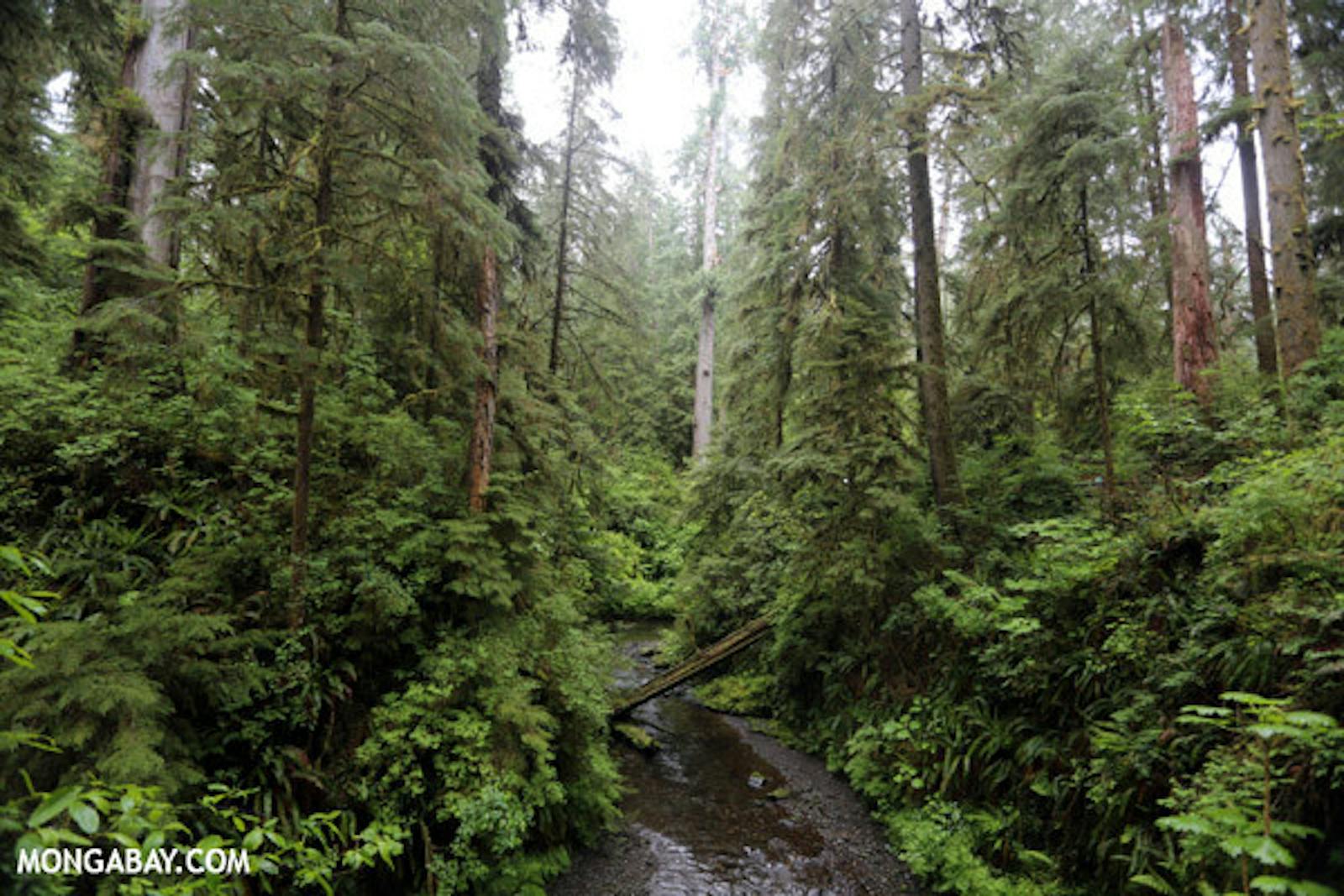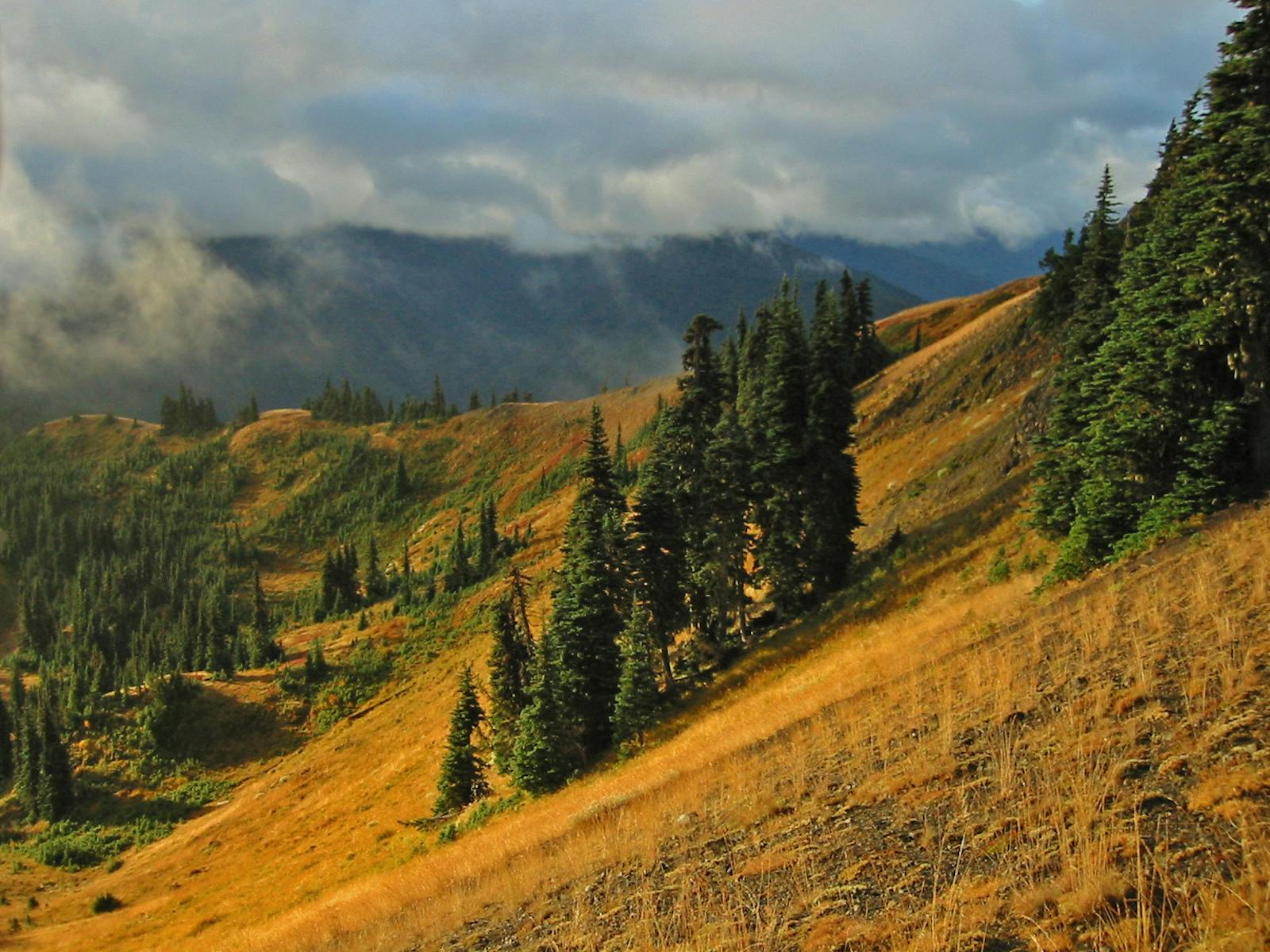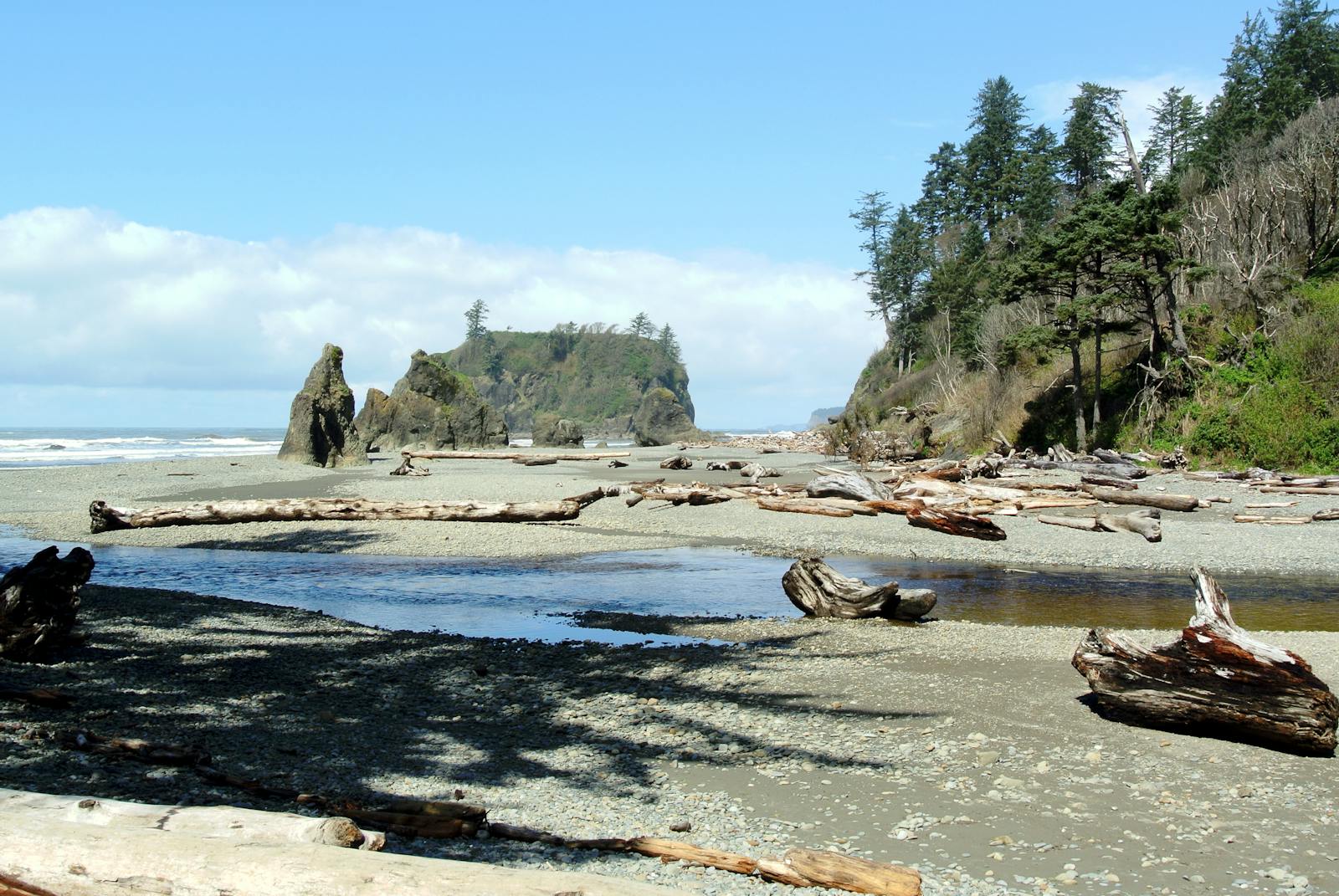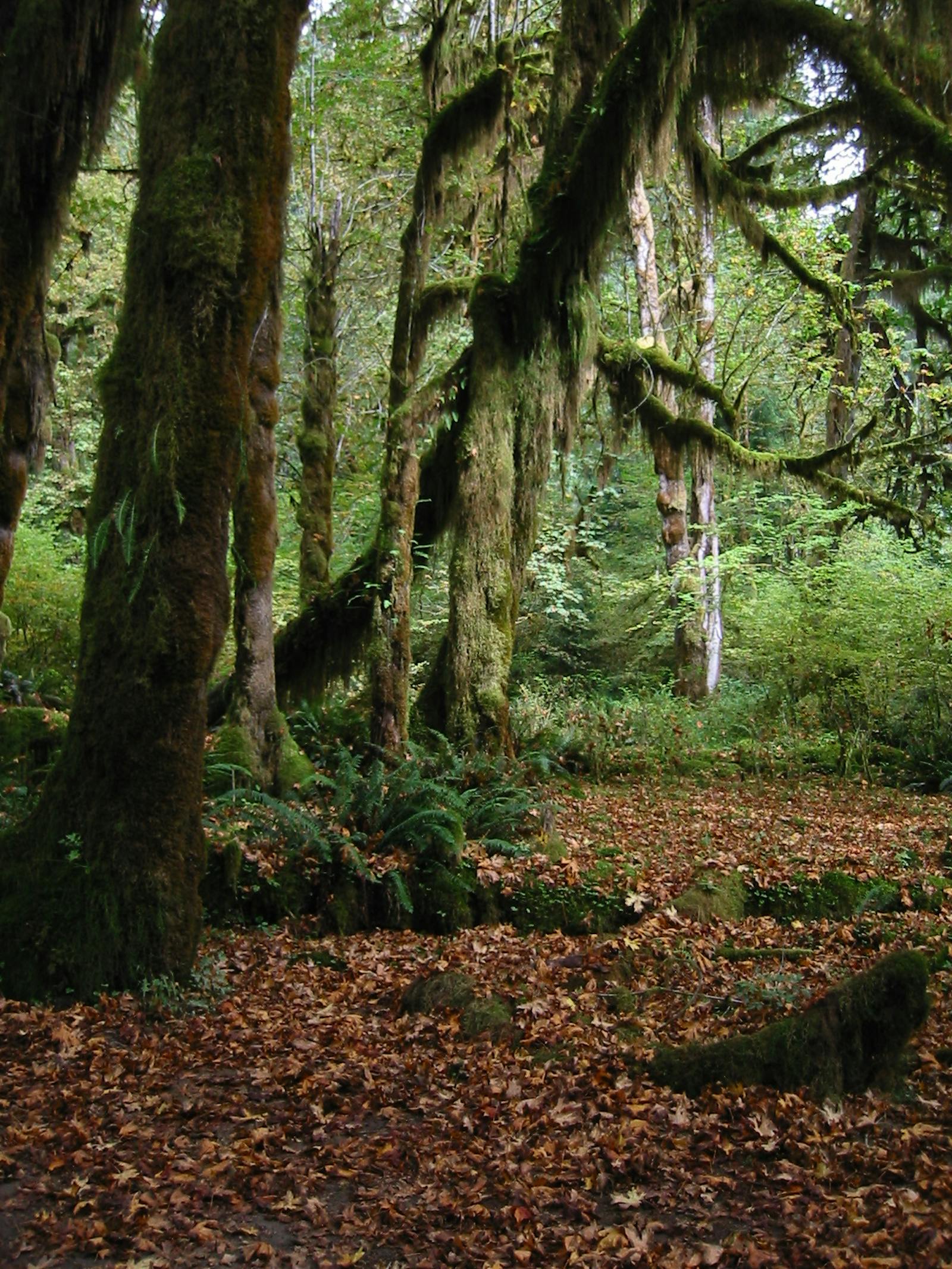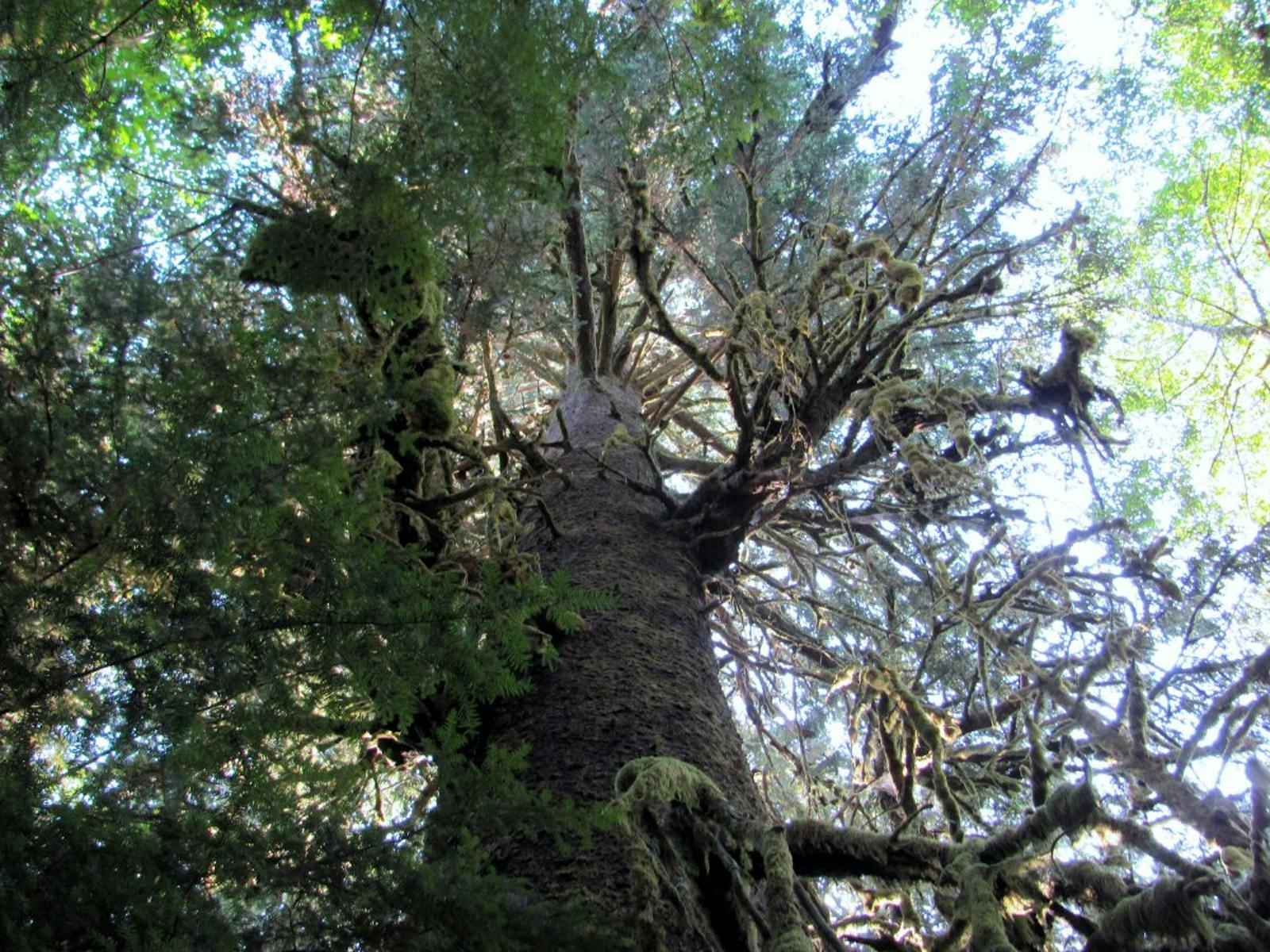Central Pacific Northwest Coastal Forests
The ecoregion’s land area is provided in units of 1,000 hectares. The conservation target is the Global Safety Net (GSN1) area for the given ecoregion. The protection level indicates the percentage of the GSN goal that is currently protected on a scale of 0-10. N/A means data is not available at this time.
Bioregion: Pacific Northwest Coastal Forests (NA15)
Realm: Northern America
Ecoregion Size (1000 ha):
7,745
Ecoregion ID:
351
Conservation Target:
51%
Protection Level:
3
States: United States: OR, WA. Canada: BC
The Central Pacific Northwest Coastal Forests ecoregion is a thin but long ecoregion extending from the southern Oregon coast in the south, northward through coastal Washington (including most of the Olympic peninsula), and British Columbia (including the western and northern two-thirds of Vancouver Island) to the border with Alaska. The coastal temperate rainforests of this ecoregion are among the most magnificent forests in the world in terms of productivity, stature, and biomass.
These forests are especially rich in epiphytes (plants growing on trees), fungi, amphibians, birds, and soil and canopy invertebrates. Major habitats include sea stacks, coastal headlands, sand dunes, tide pools, mud flats, salt marshes and estuaries, streams and rivers, and several types of forests.
The climate of the Central Pacific Northwest Coastal Forests ecoregion is heavily influenced by cool, moist air from the ocean. Heavy cloud cover and fog are common year-round. Annual rainfall ranges from 2,000 to nearly 5,000 mm, with most precipitation occurring in the winter. Summers are much drier, particularly in the southern part of the ecoregion. The magnificent forests are strongly dominated by conifers, especially the Douglas-fir/western hemlock community type, which includes western red cedar and other conifer species. Sitka spruce, which is highly tolerant of salt spray, dominates forests within a few kilometers of the coast.
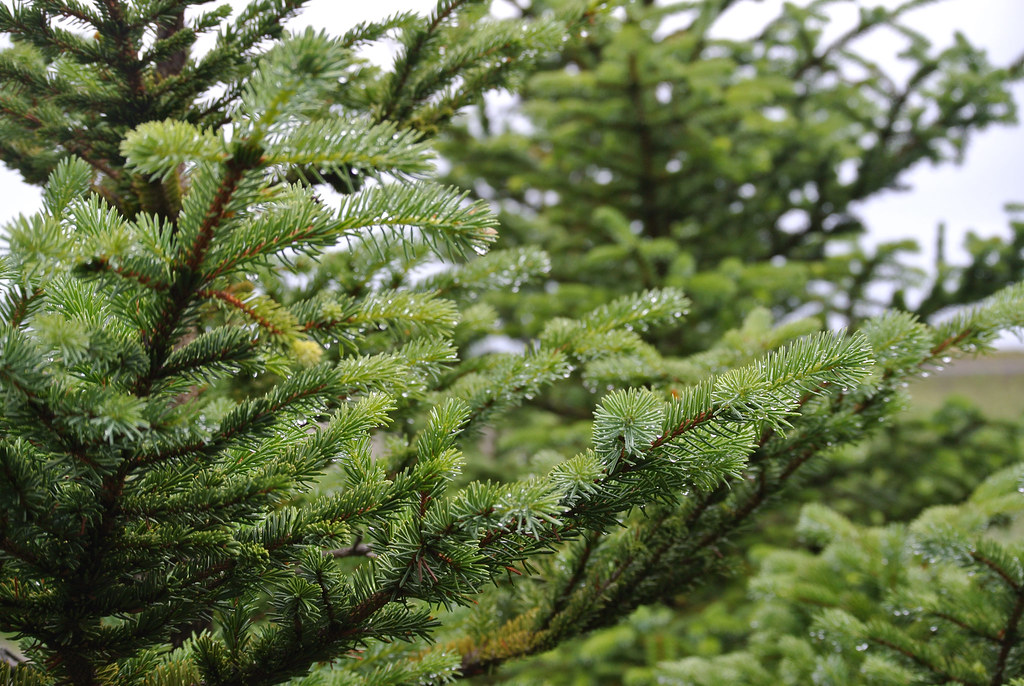
The flagship species of the Central Pacific Northwest Coastal Forests ecoregion is the Sitka spruce. Image credit: James Brooks, Flickr
The forests of this region, being very moist, are less affected by fire than more inland forests of the Pacific Northwest, but windstorms are a major disturbance. All but a few precious pockets of old-growth forest have been lost in the Oregon Coast Range, southern Washington, and much of the southern coastal zone of British Columbia, but large stands remain in the Olympic Peninsula and in the Great Bear Rainforest region north of Vancouver Island on the mainland coast of British Columbia.
The latter area, which extends well inland from this ecoregion, holds up to one-quarter of all coastal rainforest in the world and has been called the “Amazon of the North.” The Great Bear Rainforest is noteworthy for having both grizzly bears and a white color form of black bear known as Kermode or Spirit bear, which occurs in roughly 10% of the bear population.
Other wildlife includes the endangered seabird, marbled murrelet, as well as several other seabird species, sea otters, salmon, elk, black-tailed deer, puma, the threatened Oregon silverspot butterfly, many rare plants, the Olympic marmot and Vancouver Island marmot (both endemic species with very small ranges), and in the northern portion of the ecoregion, wolves and mountain goats.
Besides forests, important terrestrial natural communities in this ecoregion include sand dunes along the coast (especially Oregon), which contain coastal grasslands, lakes, and a short and twisted form of lodgepole pine known as shore pine. Coastal headlands are grasslands on promontories jutting above the ocean, which contain a number of rare species (including the Oregon silverspot).
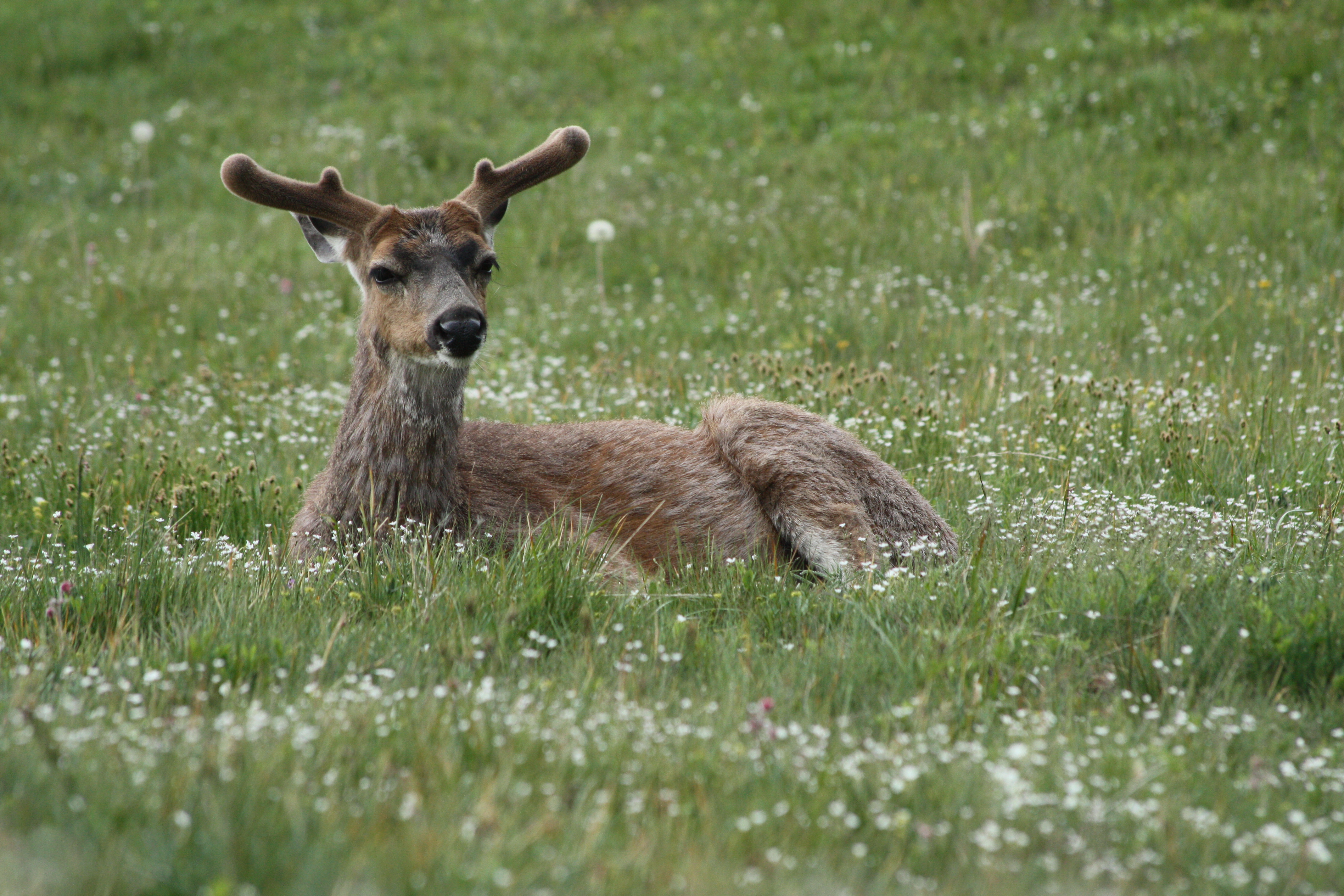
Columbian black tailed deer. Image credit: Walter Siegmund, Creative Commons
Unique grass balds occur on a few mountain tops in the Oregon Coast Range and in only a handful of other regions of the world, most prominently in the East Carpathian Mountains of eastern Europe and the Southern Appalachian Mountains of the southeastern United States. Surrounding the balds in the Oregon Coast Range are usually forests of noble fir, including impressive old growth.
This ecoregion is most pristine in its northern section in British Columbia and within Olympic National Park in Washington. The remainder of the region has been heavily logged, with very little old-growth forest remaining. Agriculture has altered valleys and urban sprawl is now prevalent in some areas, particularly on the Oregon coast.
Priority conservation actions for the next decade are: 1) increase federal, state, provincial, and local acquisition of conservation lands, particularly to better represent the middle and lower elevation coastal rain forest communities and to connect coastal and upland forests; 2) improve forest management on public and private lands, with no more logging of old-growth or naturally disturbed early-seral forest; and 3) where possible, reintroduce populations of locally extirpated species such as the wolf and grizzly bear.
Citations
1. Franklin, J.F., and C.T. Dyrness. 1973 (plus 1988 Supplement). Natural Vegetation of Oregon and Washington. Oregon State University Press, Corvallis.
2. DellaSala, D.A., F. Moola, P. Alaback, P.C. Paquet, J.W. Schoen, and R.F. Noss. 2011. Temperate and boreal rainforests of the Pacific Coast of North America. Pages 42-81 in D.A. DellaSala, editor. Temperate and Boreal Rainforests of the World. Island Press, Washington, D.C.
3. Ricketts, T.H. et al. 1999. Terrestrial Ecoregions of North America: A Conservation Assessment. Island Press, Washington, D.C.
